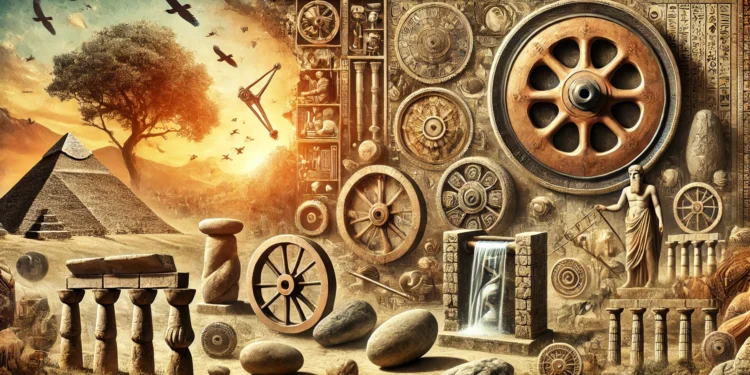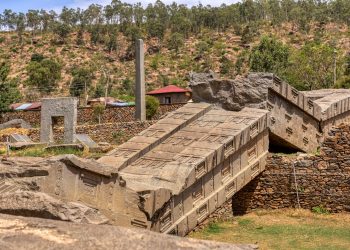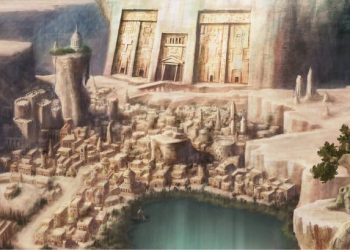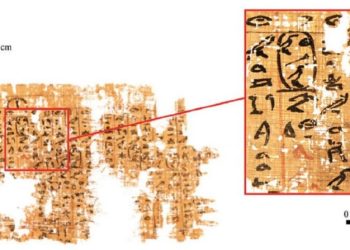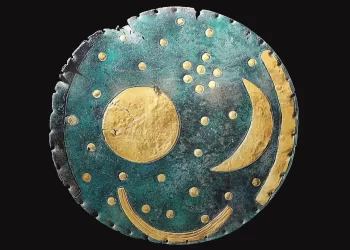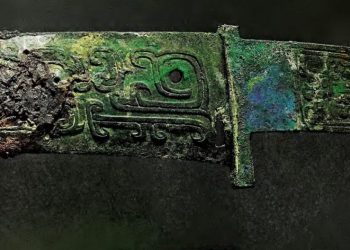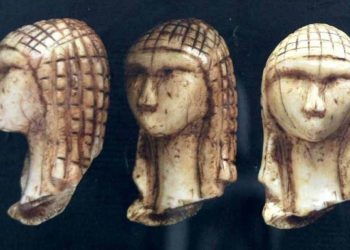The ability to create and use tools defined humanity’s rise from primitive survival to building complex civilizations. These tools were not just practical but transformative, enabling early humans to shape their world and lay the groundwork for modern technology. From the simplest stone tools to sophisticated instruments of navigation, the inventions of our ancestors remain a testament to human ingenuity.
This article delves into the ancient gadgets that revolutionized human history and their enduring impact.
The advent of stone tools marked a monumental leap in human evolution. Around 2.6 million years ago, early hominins crafted the first tools in Olduvai Gorge, Tanzania, giving rise to the Oldowan Industry. These rudimentary tools—hammerstones, choppers, and flakes—were used for essential tasks like butchering animals, processing plants, and woodworking.
Why Stone Tools Were Revolutionary
Unlike organic materials like wood or bone, stone tools endured the test of time, leaving behind artifacts that reveal key insights into the lives of early humans. The deliberate crafting of these tools, involving percussive blows to shape sharp edges, demonstrates advanced cognitive and motor skills.
Fun Fact: Even animals like chimpanzees and crows use basic tools, but the manufacturing of Oldowan tools reflects a unique behavioral innovation among early hominins.
From Oldowan to Acheulean
The Oldowan tools paved the way for the Acheulean Industry, characterized by hand axes, cleavers, and knives. Acheulean tools, associated with Homo erectus, spread from Africa to Asia and Europe, enabling early humans to hunt, build shelters, and thrive in diverse environments. This era represents 99% of humanity’s technological history (Toth & Schick, 2014).
The invention of simple machines transformed how humans manipulated their environment, leading to some of the greatest engineering feats in history. These tools leveraged mechanical advantage to amplify force, making tasks easier and more efficient.
The Lever: An Ancient Power Tool
One of the earliest uses of the lever is evident in the shaduf, a water-lifting device invented in Mesopotamia around 3000 BC. Consisting of a long pole balanced on a pivot, the shaduf allowed farmers to irrigate their crops with minimal effort. Remarkably, it remains in use today in parts of Africa and Asia.
The Wheel: Rolling Into the Future
The wheel and axle mechanism originated in Mesopotamia, with the Sumerians initially using it for pottery around 3500 BC. This invention evolved into wheeled carts, revolutionizing transportation and trade. By enabling the movement of goods over long distances, the wheel played a crucial role in the development of early economies.
The Archimedes Screw: Innovation in Agriculture
Attributed to the Greek mathematician Archimedes, the Archimedes screw was a device designed to lift water for irrigation. Although similar mechanisms existed in Assyria and Egypt earlier, this invention became a cornerstone of ancient agricultural practices and is still used in some industries today.
Building the Impossible: Ramps and Pulleys
Ancient architects relied on ramps, levers, and pulleys to construct monumental structures like the Great Pyramid of Giza and the Colosseum in Rome. Archaeological evidence from the Hatnub quarry in Egypt suggests that ramps and pulleys were integral to hauling massive stone blocks, showcasing the ingenuity of ancient engineers.
The ability to navigate vast oceans and unknown territories was a defining moment in human history. Early navigation tools enabled trade, exploration, and cultural exchange, laying the foundation for global connectivity.
The Compass: Guiding the Way
Invented in China around 206 BC, the magnetic compass was initially used for divination. Over time, it became an essential tool for navigation, allowing sailors to traverse vast seas even when celestial objects were obscured. This innovation revolutionized exploration and expanded trade routes.
Sunstones: The Vikings’ Secret Weapon
According to Norse legend, Vikings used sunstones to locate the sun on cloudy days. Modern research confirms that birefringent crystals like calcite could polarize light, enabling accurate navigation without a magnetic compass. This method might explain how the Vikings conquered the North Atlantic’s treacherous waters.
Austronesian Seafaring
The Austronesians, masterful sailors from Southeast Asia, invented outrigger canoes and catamarans, enabling them to explore and settle the Pacific Islands. Their innovative vessels allowed them to travel vast distances, facilitating the spread of culture and trade across the region.
The development of writing was one of humanity’s most transformative achievements. Recording information allowed civilizations to preserve knowledge, govern societies, and develop literature.
Cuneiform: The First Writing System
The Sumerians pioneered cuneiform writing around 3100 BC. Initially used for accounting, it evolved into a versatile script capable of recording laws, religious texts, and epic poetry. The famous Sumerian poem Enmerkar and the Lord of Aratta highlights the importance of writing as a tool for communication and storytelling.
Egyptian Hieroglyphics and Beyond
Inspired by cuneiform, the Egyptians developed hieroglyphics, a pictorial script used for monumental inscriptions and religious texts. Other civilizations, such as the Mesoamerican Olmecs, followed suit with their own writing systems, illustrating the universal need for recorded knowledge.
Timekeeping was essential for agriculture, governance, and religious practices. Ancient societies developed ingenious methods to track time, many of which laid the groundwork for modern clocks.
Sundials and Shadow Clocks
The Egyptians used shadow clocks and sundials as early as 3500 BC to divide the day into hours. These devices were not only practical but symbolized humanity’s growing understanding of celestial mechanics.
Water Clocks: Precision in Timekeeping
Known as clepsydrae, water clocks measured time based on the steady flow of water between vessels. The oldest known example, dating to Amenhotep III’s reign, exemplifies the advanced engineering of ancient Egypt. The Greeks later adapted water clocks for more complex uses, including Plato’s invention of the first alarm clock.
From the stone tools of early hominins to the sophisticated instruments of ancient engineers, these gadgets were more than functional—they were transformative. They enabled humans to conquer their environment, build civilizations, and explore the world. Even today, their influence persists, reminding us of the creativity and resilience of our ancestors.
Artifacts like the Antikythera Mechanism and the Baghdad Battery hint at the technological capabilities of ancient societies that were far ahead of their time. These inventions not only shaped history but continue to inspire innovation in the modern era.
We published an earlier version of this article in 2024.



